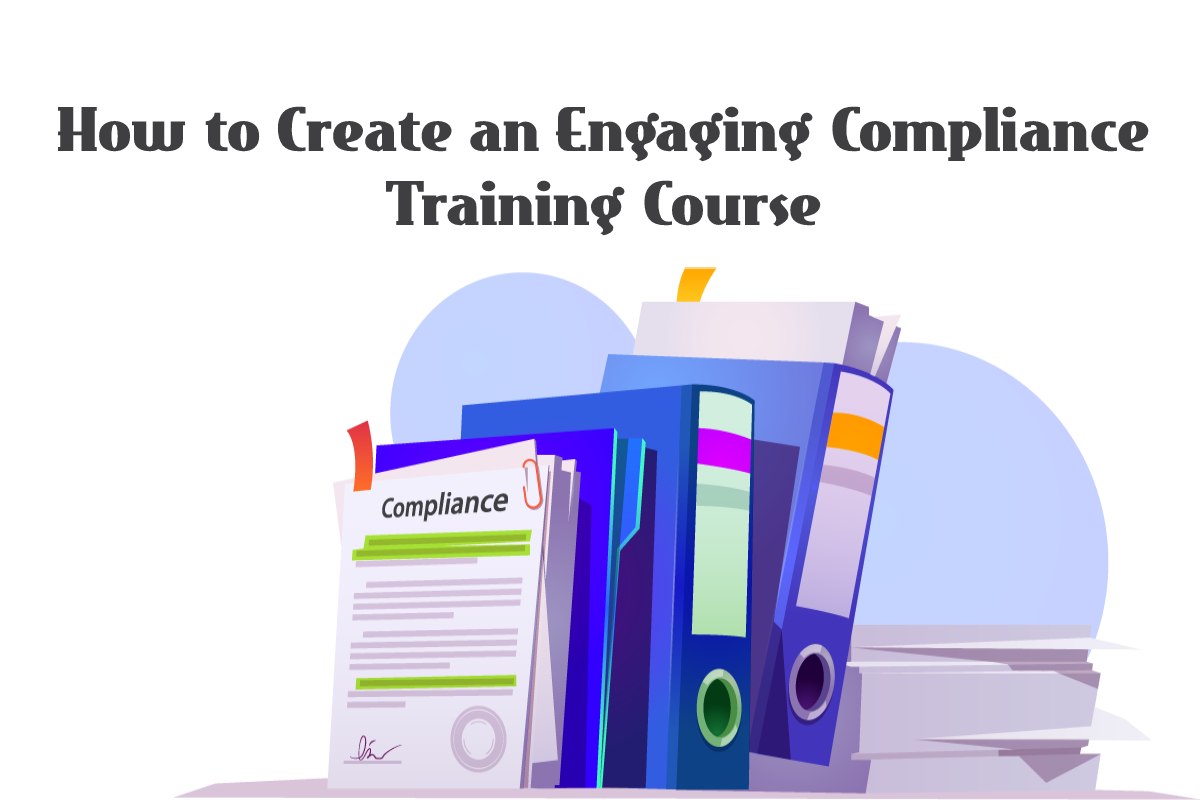

Compliance Training Course – Compliance training for an employee is obligatory for the organization to adhere to rules, legislation, and policies. The key objective of the compliance training program is to keep employees informed of and aware of every company policy or regulation. That applies to their specific profession or the sector where the firm operates.
Compliance training in an organization is conducted regularly to stay up with policy measures and the implementation of new policies. To be compliant, organizations will establish deadlines for when workers must finish the training.
Compliance training is about establishing and sustaining fair, safe, and ethical workplaces. Because the courses are compulsory, employers must keep track of who has finished them.
Common compliance training topics include the following:
Unquestionably, the rules and regulations of the firm should be inculcated in the memory of the employees. Unfortunately, the most important part of employee training is generally taught like boring law lectures. Without any reasons or technology inclusions. Learners’ disengagement from compliance training can leave a negative impression about the company’s culture and about the individuals in charge of training and compliance, which defeats the training’s original goal.
Here are five tips to create an engaging compliance training course for employees:
Table of Contents
Include micro-learning videos as training content to increase interest in compliance-Training topics like workplace harassment, corruption, discrimination, cyber security norms, privacy can be made entertaining with memes, comedy, movies. It can also empower the new employee to gain trust in the organization’s culture and management.
Include blended learning as a part of compliance training. The trainer can incorporate blended learning tools in compliance training like cross-questioning about the compliance understanding of the employee, showing case studies as educational video and text learning, and the implementation of compliance in the specific job profile.
Include industry-specific and employee-specific methods of compliance training. Training cannot be one size fits all. Although the rules and compliance for everybody in the organization are the same, the way of capturing and retaining the data is always different. The trainer can include variety and surprise elements in a training course to make it more engaging.
The language of laws is difficult and complex to understand for a layman. An employee who is not from the finance or law field or does not have technical involvement in the safety of law norms will not achieve compliance training in a specified time. Because to understand those rules and regulations, the employee first needs to understand the language of the law.The trainer can simplify the language of compliance explained in a simple tone. Also, the trainer can utilize the multilingual feature of training software to develop and deploy the training content.
Methods of evaluation of training content include measuring content engagement, such as click-through rates or likes, and conducting culture surveys. For example, asking workers if they are likely to raise their voice or take a stand if they observe any unethical activity. The trainer may also assess learners’ knowledge of compliance training by tracking if they use ethical courses or visit compliance or HR management more frequently.
Trainers can incorporate remote learning methods like mobile learning and learning anytime and anywhere. Compliance training during or after onboarding should be focused on the motivation of employees resulting in engagement.
Look for training software like iSpring Learn that has all the above features embedded in the software. iSpring Learn is scorm compliant to facilitate an intuitive approach to compliance training. It is compatible with scorm version 1.2.
A collection of technological standards for E-learning platforms known as SCORM (Sharable Content Object Reference Model). It establishes the communication channels and data models required for E-learning material and platforms to collaborate. SCORM also specifies how to package material into a transferable ZIP file, referred to as a package interchange format, which can then be posted to the platform.
Managers and workers frequently sigh when they hear the words compliance training but it doesn’t have to be dull or ineffective! Different techniques of course creation and approaches are required for productive and engaging compliance training. It will not only ensure that employees adhere to rules and ethical norms, but will also foster employee trust in the organization.
The Spain national football team vs England national football team lineups always generate immense excitement… Read More
Having top-quality software is essential. Artificial Intelligence (AI) has become a big deal in many… Read More
Who isn't aware of web automation testing? It guarantees the smooth functioning and sustainability of… Read More
It is almost impossible to complete quality assurance testing processes without implementing cross-platform compatibility. This… Read More
The security world is perpetually engaged in conflict. Cybercriminals find new ways to circumvent defenses,… Read More
In order to measure the effectiveness of your cybersecurity efforts, one of the key metrics… Read More